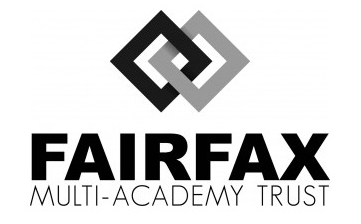
If you’ve ever painted a picture, swam length after length, practised yoga for hours, written a story in one sitting or walked the dogs across a field early one morning, then chances are you’ve experienced ‘flow’. It’s that feeling of time slipping away unseen; when you forget to eat or drink, and do not even, dare I say it, think to check your phone, and which academic and flow pioneer Mihaly Csikszentmihalyi is keen to bring into your classroom.
Many of us, says Csikszentmihalyi, when we embark on learning will be focused on the end goal - the qualifications we need or the job we’re aiming for. Give it a couple of months after the exam though and chances are you’ll have forgotten the information you needed to learn. This is external motivation, where crucial information hovers at the surface for just long enough to pass the exam, get to interview or achieve the objectives of a training day – after which, now without a functional goal, it dissipates. Not used, soon forgotten. This is as true of a child learning his or her tables as it is an adult climbing a career ladder.
To cement knowledge firmly in our minds, argues Csikszentmihalyi, intrinsic motivation is crucial. Intrinsically motivated learning is learning simply for enjoyment’s sake. It makes the experience of learning less painful and what you learn is more likely to hang around because you wanted to learn it in the first place. Achieving this level of motivation is the key to flow.
All of which makes perfect sense. We all know what it is to find out about the things that fascinate us. However, too often, and for not always entirely practical reasons, the idea of learning for the sake of learning is buried beneath an education ethos wedded to the primary importance of the acquisition of skills, the opportunity to train. Of course, skills are important and certain skills fundamental. However, the curriculum overloaded, the business of box ticking an industry in its own right, the idea that everything, literally everything, requires quantifying, measuring and recording, many a policy maker is in danger of confusing the aims of genuine self-empowerment with those of the proverbial quiver. We are turning the learning experience into a training ground.
Unfortunately, the search for flow in the classroom can feel akin to finding the Holy Grail. We are all used to – children included – a style of learning that requires (encourages, expects) that we switch between tools and activities with ever increasing speeds. Digital-enabled learning, while extraordinary in both reach and opportunity, is often predicated on ease of access, on taking on and manipulating bite-sized chunks of information. There is little opportunity here – between pages open, texting, FaceBook, Twitter, Snapchat, chat rooms – for the time and the singular levels of concentration required of intrinsic learning. It takes effort. It takes effort to flow. It takes effort to enter the effortless.
The advantages of flow induced learning in the classroom are unquestionably to the greater good. Clearly, in order to become intrinsically motivated, to possess the resources, the sense of self-belief that comes of being interested for interest’s sake, we need to give our children more time on single tasks, a learning environment which encourages practice and contemplation, one that allows for that ‘drop’ into flow. Again, much of this is a matter of common sense (or good practice, which amounts to the same thing). People love to do. They like to be told stories. They want to be inspired. They need the opportunity to engage with tools, to play, to be challenged (though not over-challenged), to be autonomous and yet looked after (well-judged feedback and clear context specific goals).
So, given the right context, the right material, the chance to explore, to keep making that mistake, to learn for learning’s sake, intimates Csikszentmihalyi, and externally motivated learners will gradually stop looking for validation from without. This means the sort of teaching we all aspire to, the facilitating of learning experiences built on positive relationships, experiences built on engaged and deep concentration, on humour, goodwill, choice and relevance. Give them this and children will quite naturally flow. They will become intrinsically motivated learners, the natural by product of which, incidentally, will be the acquisition of exactly all those skills and benchmark achievements policy makers tend to obsess about.








